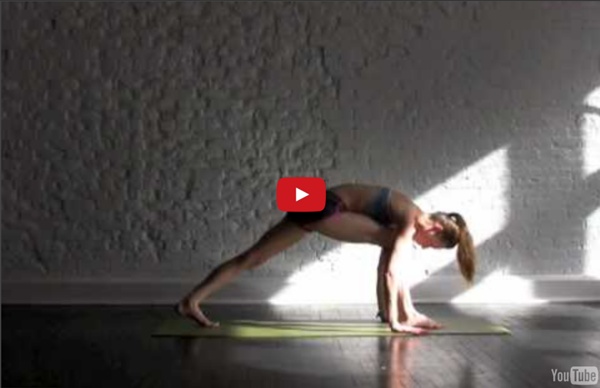



printer Muscles are funny things. They respond to just about any type of training, as long as it's hard and as long as it's not the same damn thing you've always done. That's the beauty of density training: It's a whole lot of stuff you haven't tried yet. And best of all, it'll hit your major muscles in a fraction of the time. Unsure what exercises you should focus on? THE PLAN: Do three density workouts a week, with at least 1 day off in between. Pushup Assume a pushup position, with your hands slightly beyond shoulder-width apart, feet together, and body in a straight line from head to ankles. Reverse Lunge and 1-Arm Press Stand holding a pair of dumbbells next to your shoulders. Inverted Row Lie underneath a secured bar. Prisoner Squat Place your fingers on the back of your head, pull your elbows and shoulders back, and stand with your feet shoulder-width apart. Explosive Pushup Perform a basic pushup. Reverse Lunge with 1-Arm Press Elevated-Feet Inverted Row Goblet Squat Isometric Explosive Pushup
100 Beginner Running Tips | Complete Running Network Posted by Mark Iocchelli Filed Under: Learn to Run, Our Best Running Articles, Running Tips Welcome to the Complete Running Network 100 Beginner Running Tips. This first top 100 post is the CRN teams first group writing project — everyone chipped in to come up with the list. Apparel Tips Wear spandex shorts under your regular running shorts so you don’t chafe “down there.”Cotton socks will only lead to blisters; invest in socks designed for running.Ladies, do not skimp on a bra. Community Join your local running club—check with your local running store fitness center and/or recreation department to find one.Volunteer at a local race—meet runners support runners and connect with your Community. Manners Remember to say “Thank You!” Motivation Tips Sign up for a race as soon as you feel up to it.Find a committed running partner. Nutrition Tips Buy the powdered sports drink mix instead of premixed. Prevention Tips Use Vaseline or BodyGlide wherever things rub. Racing Tips Safety Tips Shoe Tips
Morning Yoga with Tara Stiles sleepyti.me bedtime calculator Full Body Yoga Routine | The Yoga Solution With Tara Stiles Crescent Moon Pose The Crescent Moon Pose strengthens your legs, back, shoulders, and arms, building stamina. It opens your hips and chest, and improves balance. This is an excellent exercise to start a number of backbends with. The lower back gets relaxed, the leg muscles are stretched and you build up strength in your legs. You also improve your coordination and concentration. At first you can also do the asana without raising the hind knee from the floor. Make the most of the exercise by bending deeper with your front leg, by stretching your hind leg even further, by making your breathing as relaxed as possible and by stretching your arms as much as possible. Users who read this article also read the following articles: See related products in our Yoga Shop: